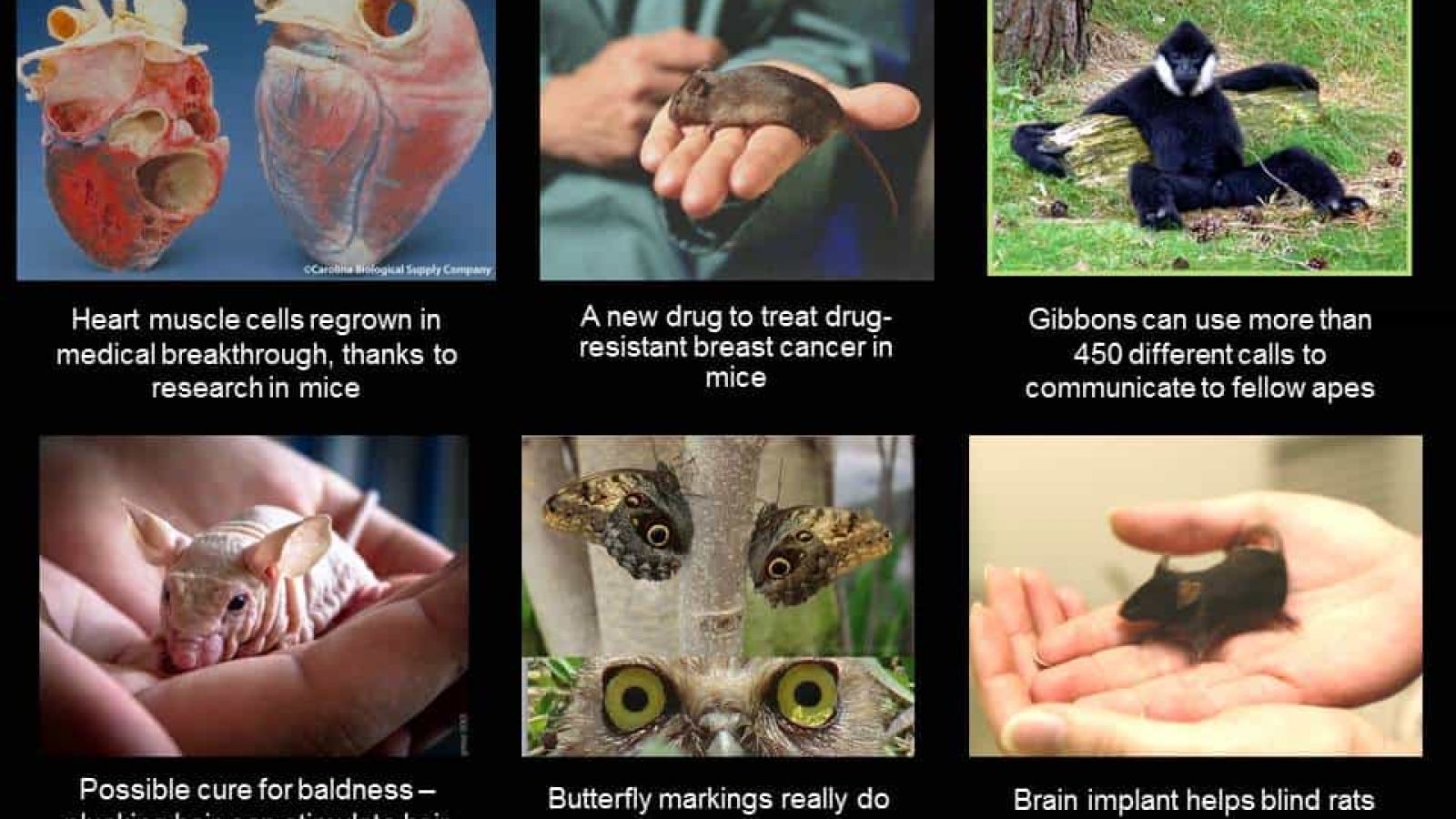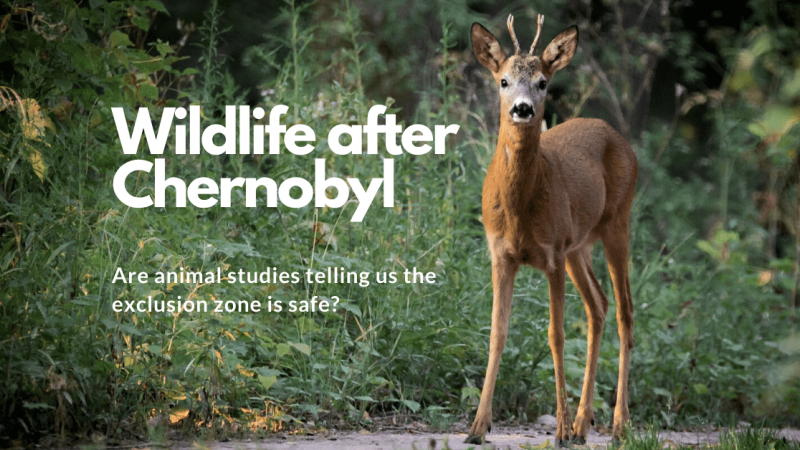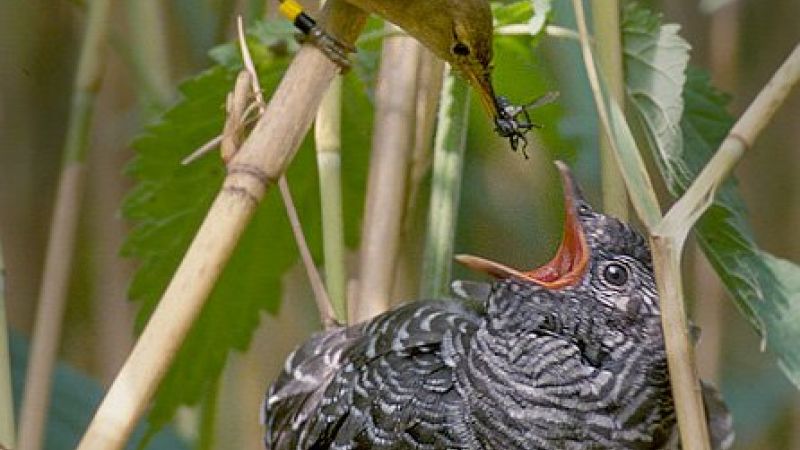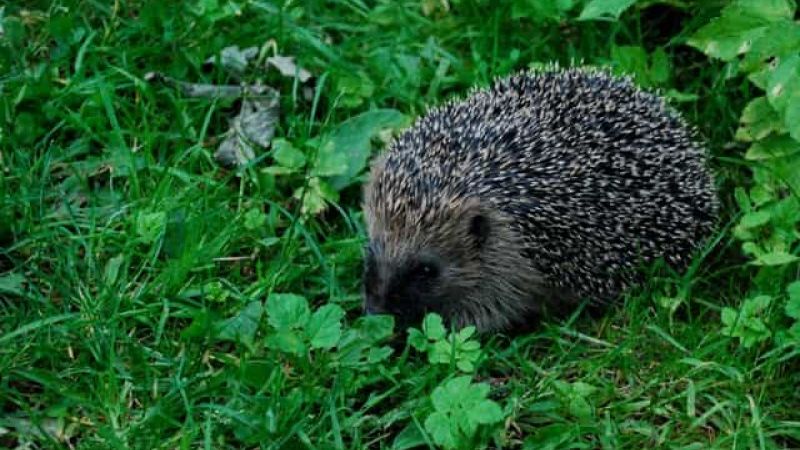07/05/15
Heart muscle cells regrown in medical breakthrough, thanks to research in mice. Unlike salamanders, humans cannot regenerate parts of their bodies when they get damaged – making heart attacks hard to recover form. But scientists have discovered a way to stimulate heart muscle cells to multiply in mice – the stimulation of a signalling system driven by the hormone neuregulin in the heart allowed the heart muscle cells to divide once again. Triggering the neuregulin pathway following a heart attack in the mice lead to replacement of lost muscle, restoring the heart.
“The dream is that one day we will be able to regenerate damaged heart tissue, much like a salamander can regrow a new limb if it is bitten off by a predator,” Harvey, from Victor Chang’s cardiac research institute, said.
08/05/15
Gibbons can use more than 450 different calls to communicate with fellow apes. There were different types of "hoo" calls depending on what predators were about - one sound for pythons and another for birds. Tigers and leopards resulted in the same warning sound - as the Gibbons appear to classify them in the same way.
Dr Esther Clarke of Durham University said:
"It’s amazing. I went out to study the song but I started to see other patterns and started to analyse them. The hoo made when a raptor approached was noticeably more nasally than the others. It could be that, to give a hypothetical example, we think of a cat as having, say, five calls – well maybe it actually has 25 calls and we’ve been lumping lots of distinct calls together when they are actually graded."
Scientists improved the navigational skills of blind rats by wiring them with a compass that sent electric signals to their brain when they were facing north or south. The advance helps shed light on how the brain processes sensory information and could lead to new technologies to help blind people navigate.
"The rodents couldn’t feel the shocks like they would on the skin, Norimoto says, because the implant was directly stimulating brain activity. In human experiments, people whose visual cortex was electrically stimulated in this fashion reported that they saw a white dot. "
http://news.sciencemag.org/biology/2015/04/brain-implant-helps-blind-rats-navigate
09/05/15
Butterfly markings really do mimic a predator’s gaze and help protect the insects. Scientists have long suspected that the eye-spots on butterfly wings were mimicking a predator’s gaze but never came around to testing it. Researchers showed blue tits – natural predators of butterflies – digitally altered pictures of owl butterflies. The images with no eye-spot didn’t bother the birds, however, those that had kept the eye-spots made the birds very weary –even more than the real animal they are mimicking. Different butterflies are known to mimic owls but also foxes, snakes, mantis and others.
Dr Johanna Mappes and her colleagues said: 'In this study, the presumed model - owl eyes - and the mimic eyespots appeared to elicit similar reactions both in terms of response type - interest versus aversion - and its intensity - startle versus flee - adding support to the eye-mimicry hypothesis.”
A new drug to treat drug-resistant breast cancer cells in mice. The researchers were trying to find possible drugs effective on cancers already resistant to traditional therapies. Instead a thinking of a certain protein that would target a cell and kill it, they did the reverse – they identified a compound that worked well in the cells first and then determined how that overpowered drug-resistant cells. The compounds they found called BHPI blocked the growth of cancer cells and prompted tumour regressions by 50% in just 10 days. The drug still needs to go through toxicity tests before clinaical tests can start.
“We are excited to see the outcome of the BHPI and all the testing results we got from the cell and animal studies,” Xiaobin Zheng, second author of the research said. “We urge to do more animal studies in near future.”
http://www.dailyillini.com/news/article_781bc728-dd81-11e4-82d3-ebab77090bd9.html
10/04/15
Bald truth: plucking hair out can stimulate growth in mice. Plucking hairs in a precise pattern can make even more pop up in their place. Playing with the density of hair removed altered the communication of hair follicles with each other and the decision of how serious the hair-plucking injury is which in turn controlled how much hair regrew. Pulling every hair out led to every hair coming back, but no regeneration. A low –density pluck led to no regeneration, a high one to a little regeneration and a medium one to the most hair regrowth - the researcher managed to regenerate 1,300 hairs by plucking 200 in mice. Half of men have male-pattern baldness by 50, and this might lead to a cure.
http://www.bbc.co.uk/news/health-32233570
Last edited: 6 April 2022 08:34




